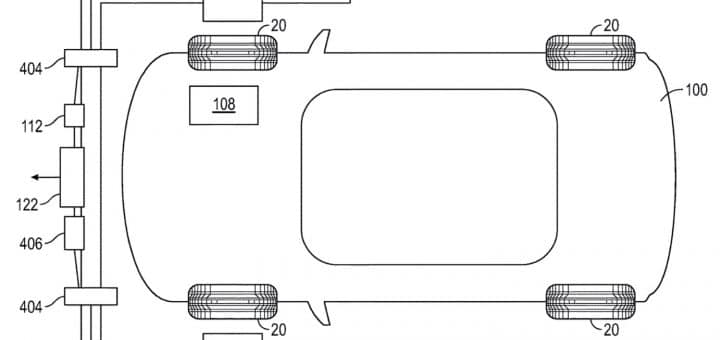GM has recorded a patent application for a vehicle gathering framework that can independently finish a somewhat collected vehicle, possibly smoothing out the vehicle get-together interaction much further.
The GM patent application was published on May 11, 2023, and was given the application number US 2023/0145508 A1 by the United States Patent and Trademark Office (USPTO). Michael R. Kaphengst, Seog-Chan Oh, Alfred J. Manser, and James W. Wells are among the engineers listed as inventors in the patent, which was first submitted on November 8, 2021.

A system that allows a vehicle that is only partially assembled to self-assemble is described in the latest GM patent. A chassis, rotationally coupled wheels, drive system, navigation system, central platform controller, and position-determining system make up the partially assembled vehicle. A safety sensor guidance system and a controller circuit that responds to an external fleet controller are also part of the assembly system.
A number of assembly stations that the partially assembled vehicle must visit in order to complete its own assembly can be identified by the auto-complete system. Even though automotive assembly in the modern era is already highly automated, the system that is described in the new GM patent addresses some technical issues that are associated with the system that is currently in use and may be able to further streamline the process, particularly with regard to potential glitches in the fixed assembly line process.
The new GM patent depicts how the ongoing sequential construction system transport framework upholds a decent grouping of get-together advances, hence forestalling the improvement of gathering station use. Additionally, any issue with a fixed assembly line conveyor has an impact on all vehicles that are attached to it.
To address these issues, the GM patent’s autonomous vehicle assembly system lets a partially assembled vehicle travel through its own assembly process, visiting the stations needed for optimized assembly and uninterrupted completion despite individual technical issues at one or more stations.
Source – gmauthority


